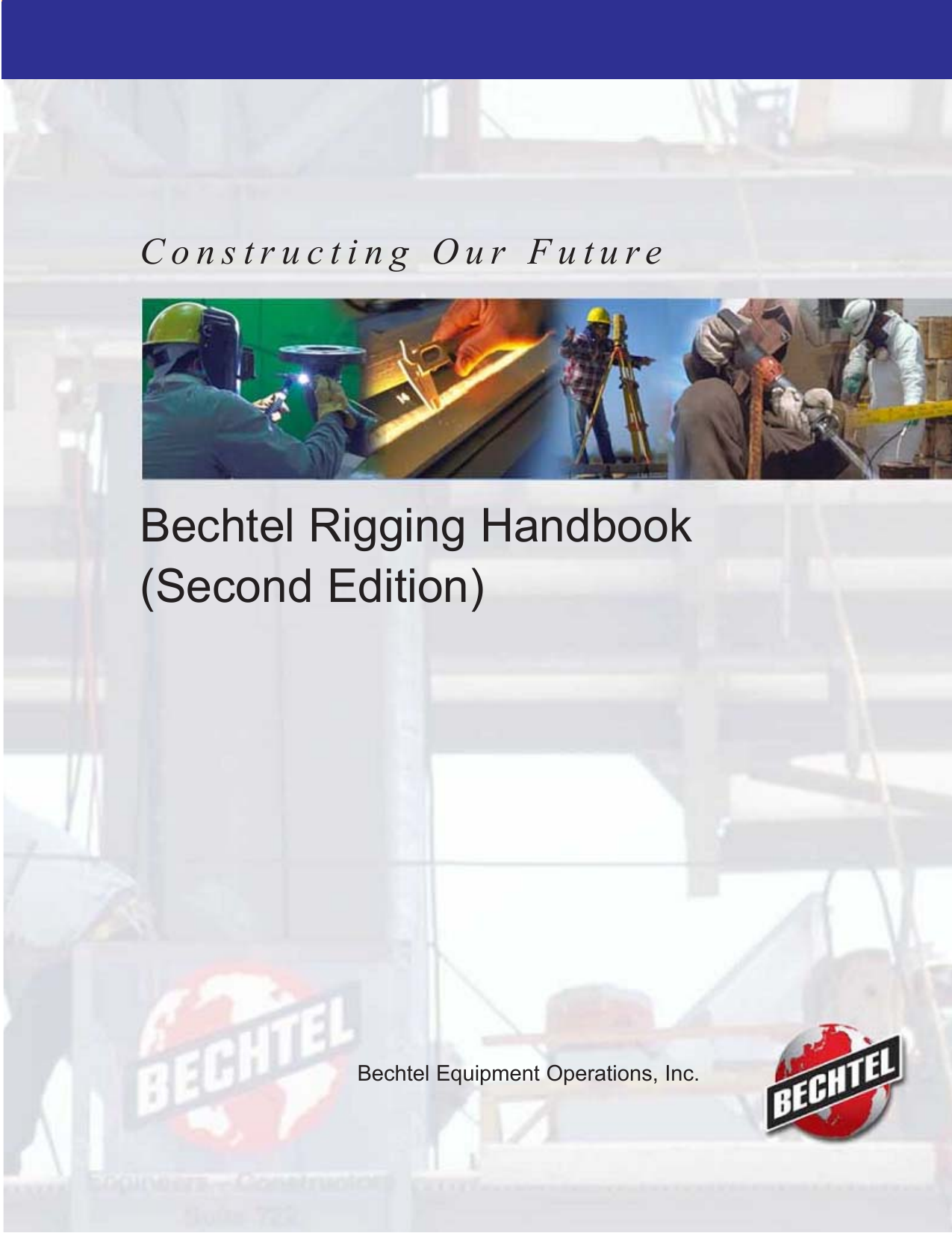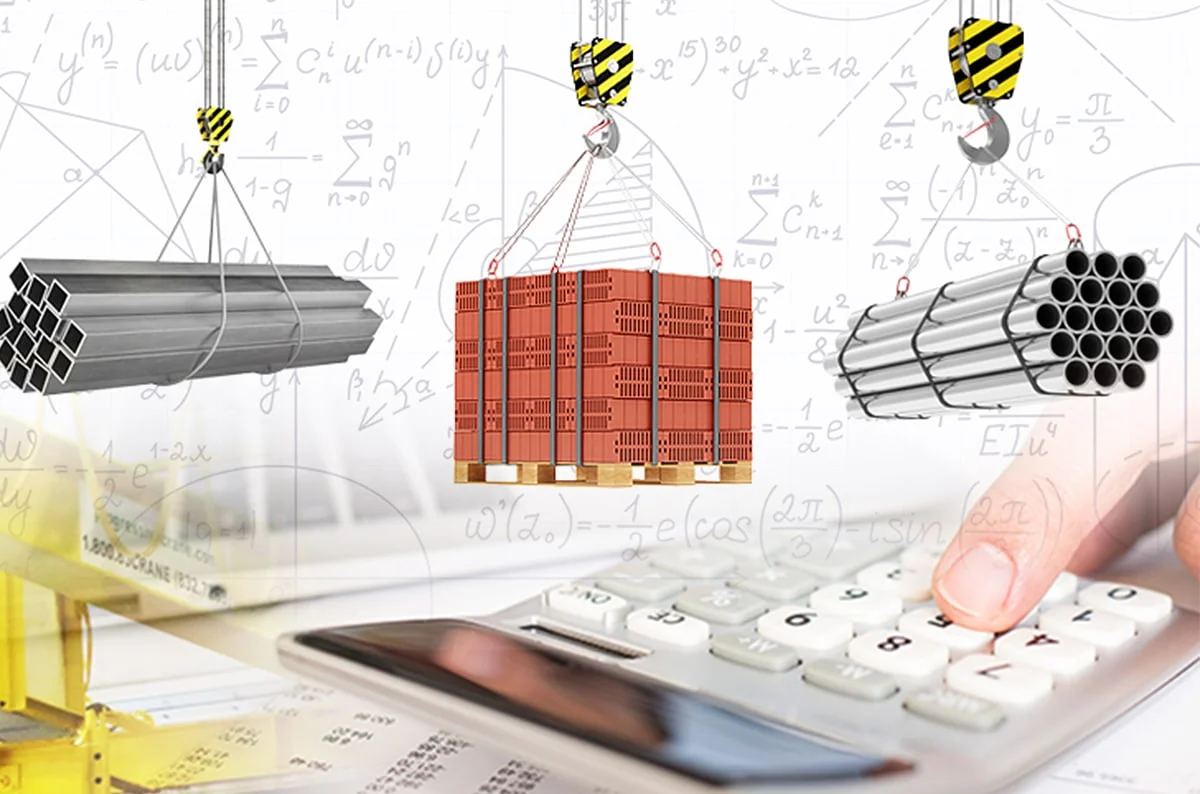

Tailing attachment shall be designed such that they may be unbolted without having to get under the load while it is suspended. 8.Īll local loads in vessel shell or head resulting from loadings imposed during erection of the vessel shall be analyzed using a suitable local load procedure. Vessels should never be lifted by a nozzle or other small attachments unless specifically designed to do so.
#CRANE RIGGING FORMULAS FULL#
This requires that each lug be designed for the full load. Thus a load factor of 2 is mandatory for these cases.

At 30°, the tension in each sling is equal to the total design load. If a spreader beam is not used, the minimum sling angle shall be 30° from the horizontal position. This prevents the vessel from having to be “rolled” to the correct orientation for loading and offloading operations. Vessel shipping orientation should be established such that a line through the lifting lugs is parallel to grade if possible. 4.Īllowable stress compression should be 0.6F y for structural attachments and ASME Factor “B” times 1.33 for the vessel shell. The combined load and impact factor should be 1.5-2.0. It is recommended that a 25% impact factor and a minimum load factor of 1.5 be used. Load and impact factors must be used for moving loads. Lifting attachments may remain on the vessel after erection unless there is some process- or interference-related issue that would necessitate their removal. It is not intended to define rigging or crane requirements. This procedure is for the design of the vessel and the lifting attachments only. Whenever bandages or slings are used for fixing fractures, these should be secured firmly enough but not too tight as the tight bandage will cause the part below it to start to swell. If pain is extreme, this may be eased by propping up with several pillows. Ribs: Fracture of the ribs require no first-aid splinting. No weight should be borne on the injured foot. The injured hand should be rested in a sling. Hands and feet: Fractures of the small bones of the hand and foot, fingers and toes require no first-aid splinting. No weight should be borne on the injured ankle.

This treatment also applies to fractures of radius and ulna at the wrist, or other doubtful wrist injuries. Place cotton-wool pad on each side of the fracture and bandage over them. Fix the splint to the forearm and hand along the palm surface, with a bandage at either end. Radius and ulna: Pad with cotton wool a splint long enough to extend from the elbow to the junction of the fingers and hand. The forearm in a sling, at a right-angle, should be supported. A large cotton-wool pad should be placed between the arm and the chest, and arm to the side of chest bonded with two triangular bandages. Humerus: The side of the chest should be used as a splint. A large cotton-wool pad should be placed under the sling end that passes over the injured collar bone. The forearm to be supported in a sling at an angle of 45 degrees. The upper arm to the side of the chest should be bonded with two triangular bandages. Ĭollar bone: Cotton-wool pad should be applied in the armpit.The conventional methods of splinting are as follows: With suspected fractures around the shoulder, in the arm or forearm, it is usually enough to apply carefully and gently an ordinary right-angle sling, without taking off the clothing.


 0 kommentar(er)
0 kommentar(er)
